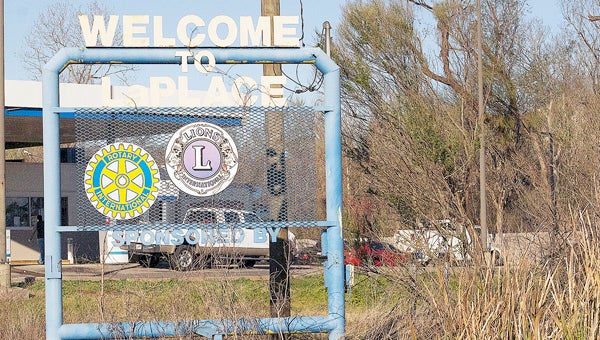St. John’s familiar monickers inspired from long history
Published 12:07 am Saturday, February 27, 2016

- Basile Laplace was a pharmacist and manufacturer of Laplace’s Indian Turnip Syrup. In 1882, he granted the New Orleans-Baton Rouge Railroad land on which to build a railway and station, which was named Laplace.
What do a North Carolina college, a board member who missed a meeting and a beautiful fiancée have in common?

Leon Godchaux, was a traveling salesman and eventually owned Reserve Plantation and Godchaux Sugar Refinery.
All three inspired the names of towns in St. John the Baptist Parish.
The first permanent settlement in St. John the Baptist Parish — and the third permanent settlement in Louisiana — was in 1721 when Karl D’Arensbourg led a group of German immigrants to the land along the river to present-day Lucy. The area was known as the German Settlement of St. John.
The planning of the first church began in 1769. Built in what is now known as Edgard, it was named St. John the Baptist Church. The 1807 Act of the Orleans Territory divided the state into 19 parishes. St. John the Baptist Parish, one of the original 19, took the name of the church.
Edgard, once called St. John, acquired its present name in 1850 when Edgar Perret was the postmaster. Although the mail was addressed to St. John, people commonly referred to “Edgar’s Post Office,” and the name of the town eventually became Edgard.
Lucy, first named Karlstein, attained its name in 1876. In that year, the post office was established and Charles Huget became its first postmaster. Huget named the post office after his fiancée, Lucy Trudeau, and the village soon assumed the name.
Basile Laplace, a pharmacist who emigrated from France to New Orleans, bought large tracts of land in St. John the Baptist Parish and created Laplace Plantation. In 1882, he granted the New Orleans-Baton Rouge Railroad land on which to build a railway and the station was named Laplace.
Two stories circulate as to the naming of Reserve. The most popular is the tale of Leon Godchaux, once a salesman, who was turned away from lodging at Antoine Boudesquié’s plantation. He reportedly told the owner to ‘reserve’ the plantation for him because he would one day return to buy it.
Other sources indicate Boudesquié named his plantation Reserve before meeting Godchaux. Nevertheless, Godchaux bought the property in 1869. When the railroad station was later moved from the St. Peter church property to the plantation, the station and the town took the name Reserve.
Joseph LeBourgeois, who had attended college in Mt. Airy, North Carolina, built a plantation on the east side of the Mississippi River and named it after the North Carolina town. The Mt. Airy Post Office was built in 1884 and the town became Mt. Airy.
The town of Wallace is the area settled by Acadian immigrants in the 1760s. In 1885, the residents petitioned the government for their own post office and were aided by Congressman Nathaniel Wallace. When granted, the post office was named after Wallace and the village gradually adopted the name.
Likewise, in 1890, through the efforts of merchant Frank P. Lions, a post office was built for the area on which the Terre Haute Plantation was located. Lions was named its first postmaster and the namesake of the post office, and the village became known as Lions.
In 1903, at a meeting of the board of directors of the Lyon Lumber Company, the discussion of naming the town arose. When none of the directors present would accept the honor, it was decided to name the town after the only director not at the meeting, John W. Gary, and they named the area Garyville.
While all of the other town’s names have remained intact for more than 100 years, on Feb. 8, 1971, the St. John the Baptist Parish Police Jury passed a resolution to make “LaPlace” the official spelling of the town named for Basile Laplace. Proponents of the change argued businesses, buildings and the railroad guide had been using the capital “P” in the name.
William Shakespeare posed the question, “What’s in a name?”
Here in St. John, the answer is, “Love, history, and even a little controversy.”
By Ronny Michel





